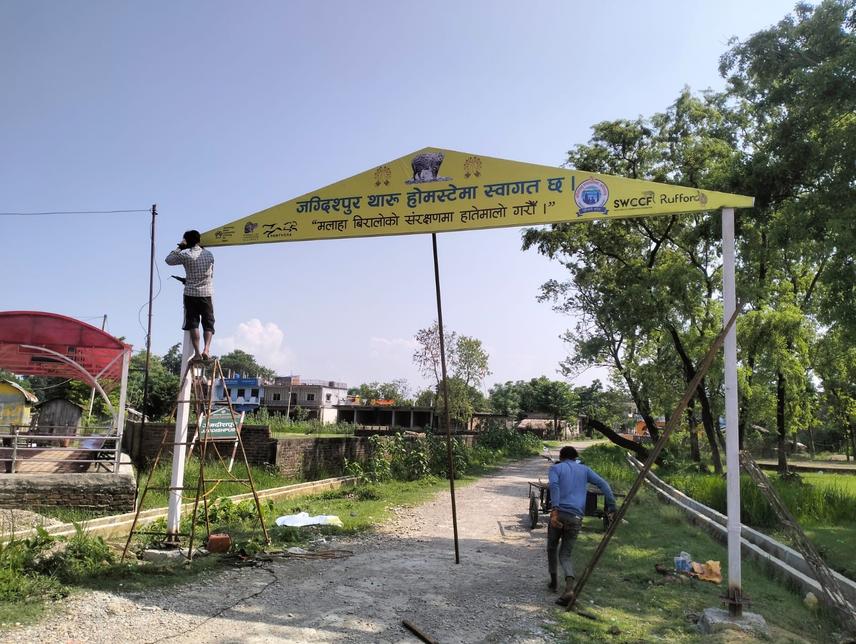Swechhya Shrestha
Other projects
4 Nov 2019
Initiation of Community Based Conservation of Fishing Cat in Jagdishpur of Kapilvastu, Nepal
This project is a comprehensive community-based conservation initiative aimed at addressing the environmental and socio-economic challenges associated with protecting the Fishing Cat (Prionailurus viverrinus), a vulnerable species reliant on wetland habitats. Since 2019, the project has implemented various outreach programs, including community awareness campaigns, school-based education, and multimedia projects, such as storybooks and documentaries, to raise awareness of the species and its habitat. Despite these efforts, threats such as hunting, retaliation killing, road kill, and habitat destruction persist, especially among underprivileged communities like the Patharkats in Jahadi, Kapilvastu. The Patharkat community, historically reliant on hunting for subsistence, continues to face economic hardship, which exacerbates pressure on local biodiversity.

Local installing a gate in the community led homestay in Jagdishpur. The gate was installed with the aim of promoting fishing cat conservation. ©Naresh Tharu.
This project proposes a sustainable solution by introducing bio-enzyme production as an alternative livelihood for the Patharkat community. Bio-enzymes, eco-friendly cleaning solutions made from natural resources like Neem (Azadirachta indica), offer an innovative, low-cost, and green business opportunity. By training community members to produce and market bio-enzymes, the project aims to provide a reliable income source that reduces dependency on hunting and fosters environmental stewardship. The bio-enzymes could be marketed through a social enterprise, ensuring sustainable economic benefits.
The project will also include a robust outreach campaign to educate and engage the community on Fishing Cat conservation. Activities will include awareness campaigns, installation of information boards, distribution of educational materials, and celebration of "Fishing Cat February" to promote the species' conservation value. A school outreach program will further engage students in creative activities, inspiring the next generation of conservation advocates. These efforts will be supported by regular consultations with local government and focal group discussions to ensure alignment with community needs and to secure long-term institutional support.
The proposed site, Jahadi, is ecologically significant, situated near Jagdishpur Reservoir in southern Nepal. This region is home to several globally threatened species, including vultures, eagles, and Sarus Cranes, alongside the Fishing Cat and other small carnivores. The area’s biodiversity is further enriched by rare and endangered plants, emphasizing the importance of conserving its unique ecological balance. Camera traps from previous projects have recorded the presence of Fishing Cats, affirming the suitability of this habitat for the species.
In summary, this project seeks to transform the Patharkat community from resource exploiters to conservation stewards by aligning their economic needs with ecological sustainability. Through the dual approach of livelihood support and educational outreach, the project aims to secure a future where both the Fishing Cat and the community thrive in harmony.